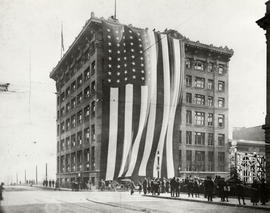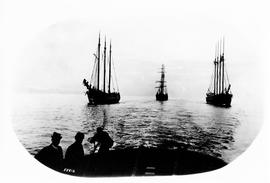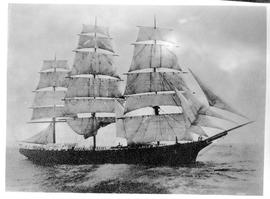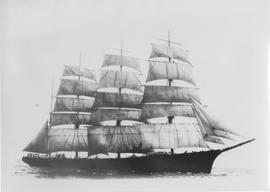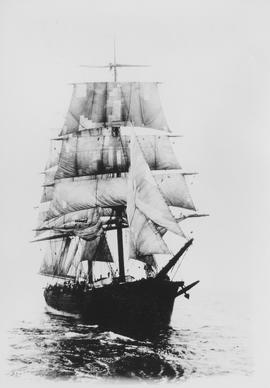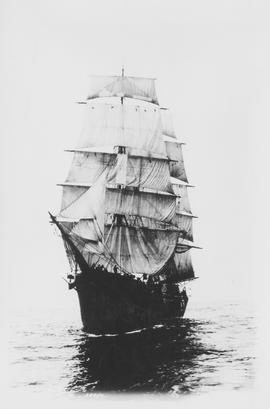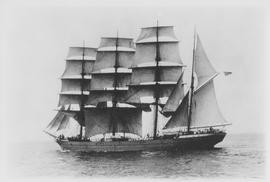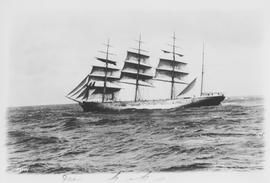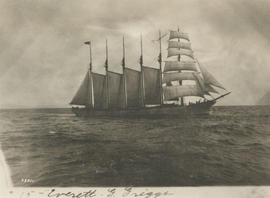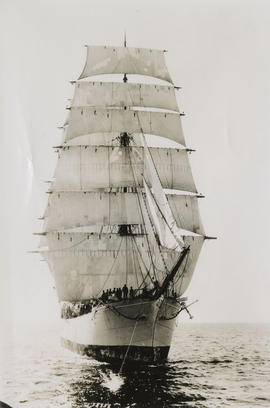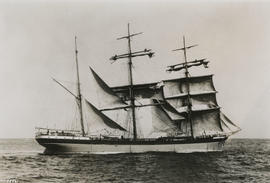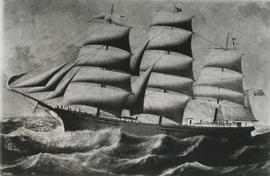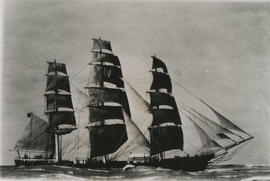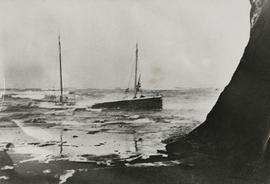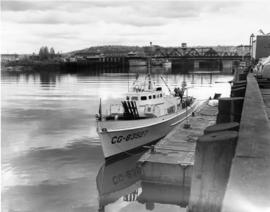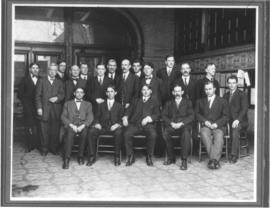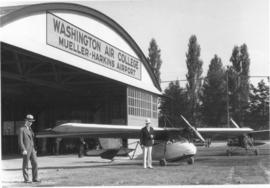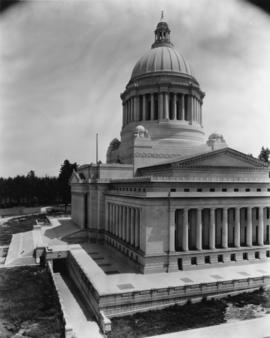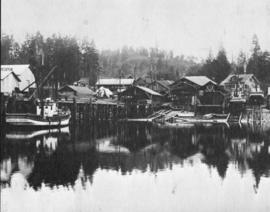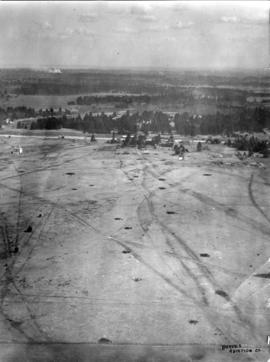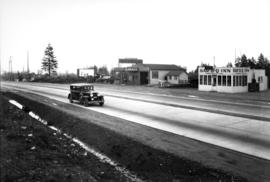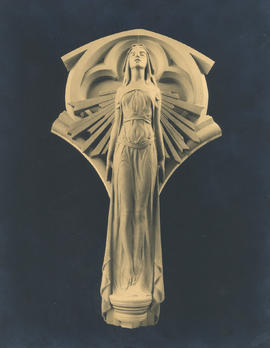- Item
- 1918-11-11
Part of General Photograph Collection
On November 11, 1918, in celebration of the German surrender to the Allies and the end of World War I, a giant American flag was unfurled from the top of the Perkins building by the staff of the News Tribune so that it draped down the side of the building. As the Armistice agreements were signed, Tacomans flooded out of their offices and factories and into the streets to celebrate. At 11 a.m. the executives of the Tacoma News Tribune swung the enormous flag purchased by the readers of the old Tacoma News into place. The flag was hung from the cornice above the sixth floor and rippled down almost to the sidewalk. A cheer rose from the throats of the crowd at 11th and A and a band struck up "Keep the Home Fires Burning." Not a dry eye remained in the crowd and, with hats over their hearts, Tacoma declared that the Great War was over. (TNT 11/11/1918, pg.1; 11/12/1918, pg. 1-picture)
Perkins Building (Tacoma); World War, 1914-1918--Victory celebrations--Tacoma; Flags--United States;
